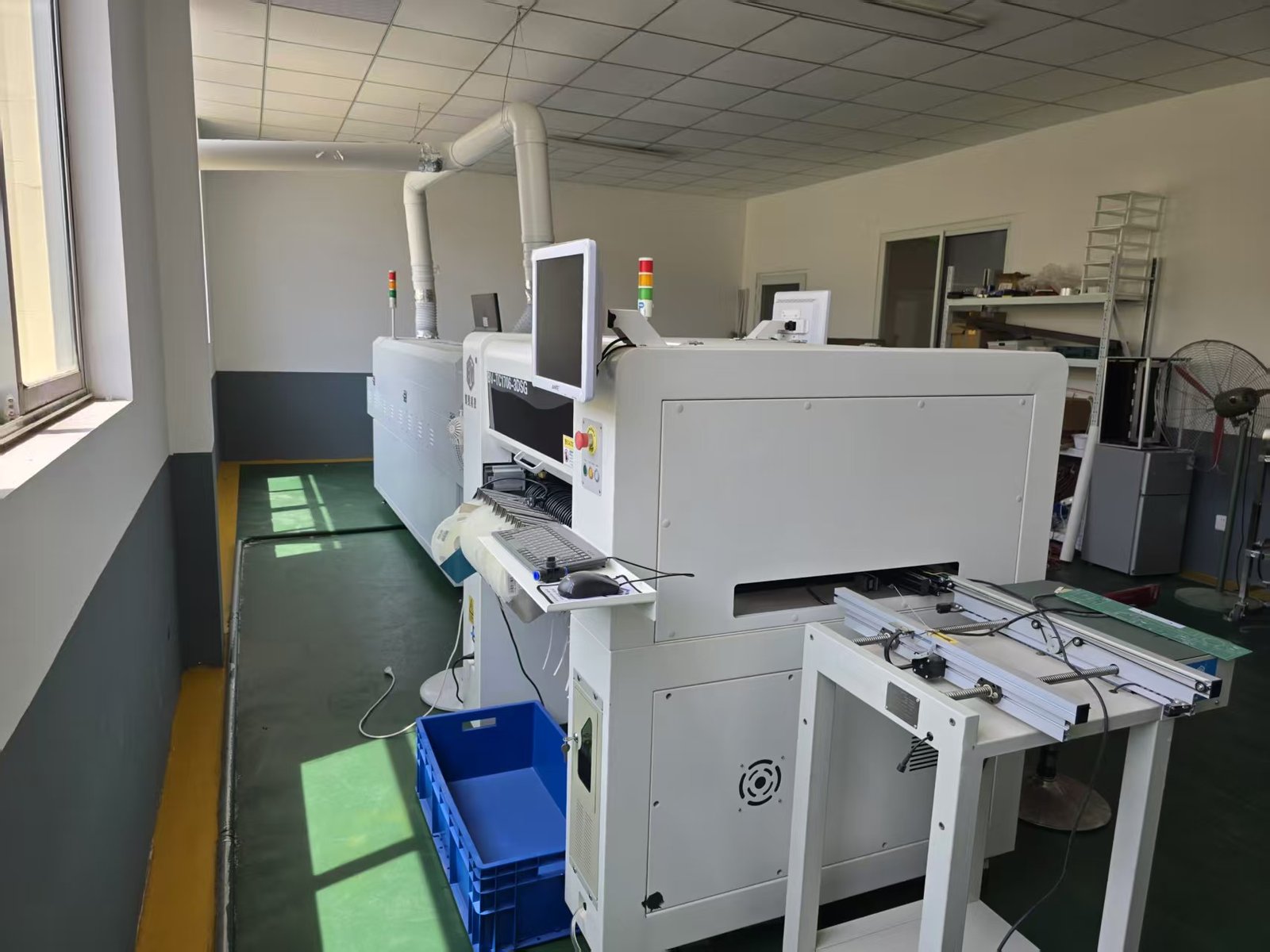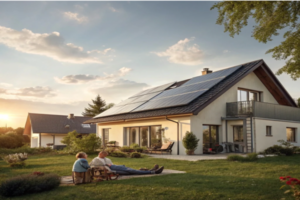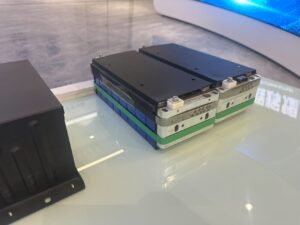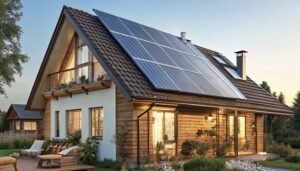Can You Install Solar Panels on a Roof That Doesn't Face South?
•
Does your roof's orientation mean you can't go solar? Many homeowners face this dilemma with imperfect roof angles - but solutions exist for nearly every situation.
Yes, solar panels can work effectively on east- or west-facing roofs, typically producing 85-95% of the energy a south-facing system would generate, especially when using modern optimization technologies.
While south-facing roofs are ideal in the northern hemisphere, solar technology advancements have made alternative orientations increasingly viable. Let's explore how to maximize output from any roof direction.
How Much Power Is Lost with East- or West-Facing Roofs?
Concerned about sacrificing too much energy production? The reality of directional impacts might surprise you with modern solar equipment capabilities.
East- and west-facing solar systems typically lose only 5-15% efficiency compared to south-facing, generating peak power at different times that can better match household consumption patterns.
Understanding Directional Impacts
-
Energy Production by Orientation Direction Efficiency Relative to South Peak Production Time South 100% Noon Southeast/Southwest 90-95% 10AM/2PM East/West 85-90% 8AM/4PM -
Advantages of Non-South Orientations
- Better aligns with morning/evening energy use
- Reduces strain on grid during peak hours
- Can qualify for time-of-use rate benefits
-
Location-Specific Factors
- Less impactful in sunny vs. cloudy climates
- Higher latitudes see bigger orientation differences
- Local utility policies may affect economics
"Our east-west split system actually provides more usable energy for our daily routine than a south-only array would" - Solar homeowner in Portland, OR
Using Microinverters to Maximize Output on Non-Ideal Roofs
Why let one shaded panel drag down your entire system's performance? Modern electronics now solve this historical limitation of solar arrays.
Microinverters optimize each panel individually, recovering 10-25% of energy that would be lost with traditional systems on partially shaded or multi-directional roofs.
Microinverter Benefits Breakdown
-
Performance Advantages
- Per-panel maximum power point tracking (MPPT)
- No "lowest common denominator" effect
- Real-time performance monitoring
-
Installation Flexibility Feature Advantage Mixed orientations Combine E/W/S roofs Partial shading Maintain unshaded panel output Future expansion Add panels easily -
Cost Considerations
- $0.10-$0.15/W more than string inverters
- Typically pays back in 5-7 years
- Longer warranties (25 vs 10-12 years)
Best For: Roofs with multiple angles, chimneys/trees causing shade, or homeowners wanting maximum monitoring.
Adjusting Tilt and Mounting for Better Orientation
Can't change your roof direction? Simple mounting adjustments can significantly improve solar performance on imperfectly aligned roofs.
Increasing tilt angle by 10-15° on east/west roofs can regain 3-8% of lost production by better capturing midday sun, often with minimal aesthetic impact.
Optimization Techniques
-
Tilt Angle Strategies
- Ideal tilt equals local latitude
- Adjustable mounts for seasonal optimization
- Balance between production and wind loading
-
Mounting System Options Type Cost Impact Production Gain Flush mount $0 Baseline 10° tilt +$0.10/W +3-5% 30° tilt +$0.20/W +5-8% -
Structural Considerations
- Roof loading capacity verification needed
- Wind resistance engineering critical
- May require additional rail/support
Pro Tip: Combining 10° tilted mounts with microinverters often delivers the best ROI for east/west installations.
Conclusion
Modern solar technology makes nearly any roof viable, with east/west systems achieving 85-95% of south-facing output when properly designed - turning orientation challenges into opportunities.





